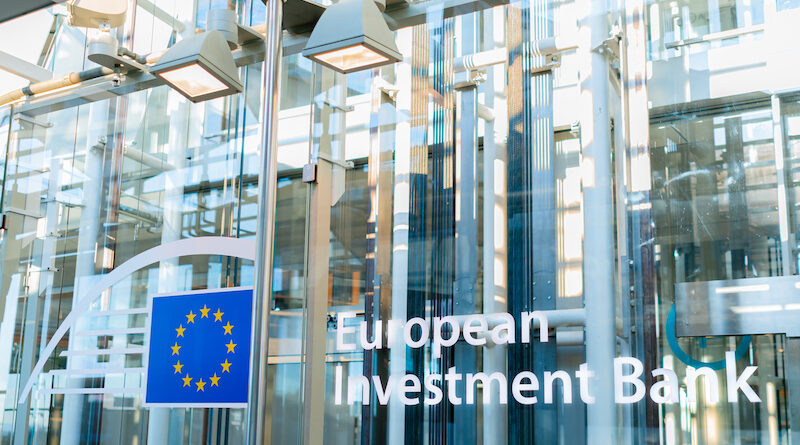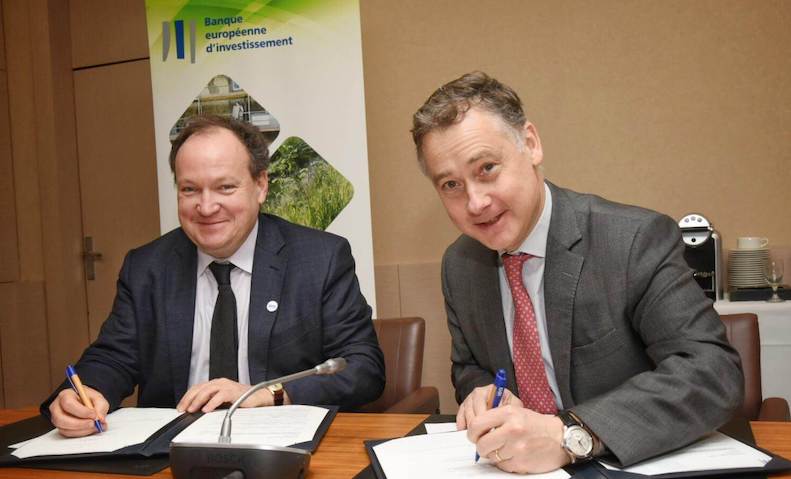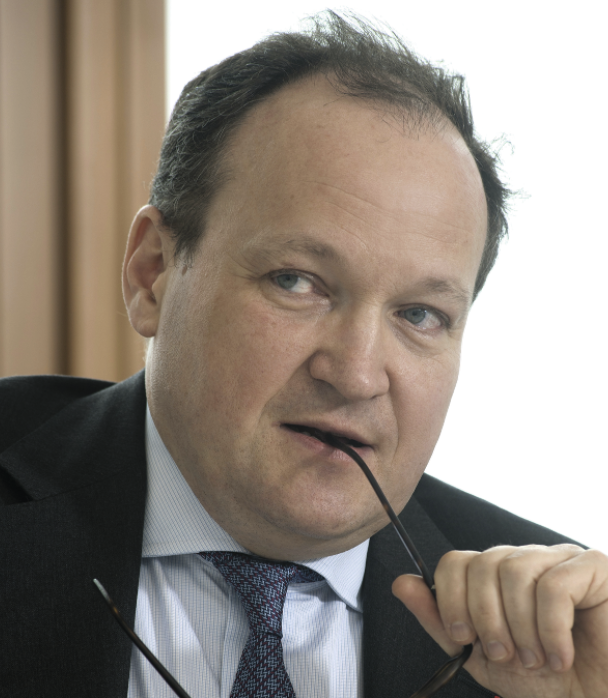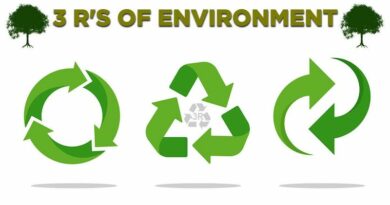
Building an investment case for hydrogen
Low-carbon hydrogen could be the missing piece needed finally to wean our energy systems off fossil fuels. Like oil and gas, low-carbon hydrogen can be stored and used when needed. Low-carbon hydrogen can also be used in hard-to-abate industries like steel and ammonia production, and it can decarbonise long-haul transport vehicles like buses, trucks, ferries that are difficult to electrify.
Getting low-carbon hydrogen usage to the level of oil or gas requires building large-scale production, storage and transport networks – investments expected to range from €200 to €500 billion by 2030. Low-carbon hydrogen also needs to be competitive with the fossil fuels currently used in industry and transport, as well as with natural gas, which creates hydrogen using a steam methane process. Whereas hydrogen electrolyser and fuel cell technologies hold big potential for innovation, economies of scale and expanded production will be crucial to bringing down prices for low-carbon hydrogen – as will continued low prices for electricity from renewable energy.
In most cases, a higher carbon price on fossil fuels will also be needed to ensure low-carbon hydrogen’s competitiveness. In addition, the regulation governing hydrogen transport and storage may need some adaptation to incentivise investment in the needed infrastructure.
So far, the European Investment Bank (EIB) has focused on financing research and development (R&D) in hydrogen transformation and application technologies, as well as public transport schemes deploying hydrogen buses and rolling stock, and supply or refuelling infrastructure. In the future, we also wish to support projects that expand the supply and use of hydrogen at larger scale, and we hope that we will be able to do that with the right policy and regulatory framework in place at the EU and Member State levels.
Hydrogen’s moment
While low-carbon hydrogen’s potential has been talked about for over 20 years now, the ticking clock of climate change – and a need for new energy sources – has renewed the focus. To keep the rise in temperature below 1.5 degrees Celsius, the European Union (EU) has pledged to cut its carbon emissions by at least 55% by 2030, compared to 1990 levels, and aims to become climate neutral by mid-century. In this context, the implementation of the European Green Deal that the European Commission has put forward at the end of 2019 will be crucial. While existing renewable energy can get us part of the way, hydrogen will be important for the decarbonisation of high emitting and hard to abate industrial sectors (for example, steel) which cannot be electrified, as well as for transport where batteries are suboptimal or not suitable (such as long-distance freight, marine or air).
To some extent, hydrogen produced from natural gas is already used in industries such as steel and ammonia production, but the production processes entail significant carbon emissions. Renewable energy, such as wind and solar power, however, can be tapped to produce green hydrogen. The falling prices of renewable energy are making the economic case for hydrogen more clear.
Seeing low-carbon hydrogen’s potential, the EU has made low-carbon hydrogen a core part of the European Green Deal and of Europe’s efforts to secure its energy future.
As a result, political will is coalescing around hydrogen. In July 2020, the EU announced an ambitious Hydrogen Strategy that calls for:
· Scaling up supply and demand for green hydrogen;
· Supporting the development of new markets and infrastructure;
· Establishing Europe as a leader in the hydrogen industry, a creator of highly skilled jobs.
In this context, we welcome the European Commission’s recent proposal to update the Trans-European Networks for Energy (TEN-E) regulation, to include battery and green hydrogen energy storage.
The enthusiasm for clean hydrogen extends to the national level, where EU members such as Germany, France, Portugal and the Netherlands have crafted their own hydrogen strategies. Germany has even promised to back hydrogen development with a public budget of €9 billion.
Providing a catalyst
In the last eight years, the EIB has invested €2 billion euros in hydrogen projects – plowing money into electrolysers, catalysts, fuel cells, electric trains, hydrogen bus fleets, refueling infrastructure and industrial applications. Today, we have approximately €1 billion of hydrogen-related projects in our pipeline, and we are looking for more innovators to finance. At the same time, our new energy lending policy focuses on decarbonisation and the potential of low-carbon gases like hydrogen. We have also forged partnerships with the Hydrogen Council, a group of leading energy, transport, industry and investment companies, and France Hydrogène, the French association for hydrogen and fuel cell development, to identify promising projects and innovation.

We have the technical experience, through our Advisory Services, in helping innovators and governments put together projects in a way that can attract financing.
We guide them in sorting through the various financial tools – debt products, guarantees or equity instruments – that can reduce investor risks, particularly for new technologies or new industries trying to scale up. Our support goes beyond financial tools, however, to include market research and constructing new business models.
An example is our support for the HyDeal initiative. It involves a number of industrial players – including gas transmission systems operators, electrolyser manufacturers and solar photovoltaic developers – that are coming together to build a large-scale, integrated hydrogen ecosystem designed to deliver low-cost green hydrogen for industrial clients. The hydrogen produced will come from solar-powered electrolysis and will be transported via pipelines to a number of storage and delivery hubs.
A public push
Building the low-carbon hydrogen ecosystem up to the point that it could contribute to replacing fossil fuels would require enormous investments in renewable energy such as wind and solar or substantial new capacity for carbon capture and storage. The EIB has experience in these kinds of projects.
There is also need and scope for further technological progress in hydrogen conversion technologies – from low-carbon electricity to hydrogen (electrolysers) and to electricity (fuel cells). This is an area, where the Bank has already accompanied multiple companies – small and large – in their R&D and innovation activities.
In addition, investment in hydrogen transport and storage and re-fuelling (for transport) infrastructure is needed. Investment and finance can be mobilised for projects based on business models that promise an adequate risk-return ratio. Hydrogen fuel cell technology may be a good alternative to batteries for buses, trains, ships and potentially planes.
Knowing this, we have funded a number of hydrogen projects in transport, such as hydrogen buses in Riga and hydrogen refuelling stations for buses in Denmark. The H2 Corridor project in France, which received a €40 million loan from the EIB, is building the production, transport and distribution infrastructure needed for a hydrogen-powered transport corridor in the Occitanie region in France.
We need to act together
Active coordination, among the EU institutions, national governments and industry, is essential if the hydrogen dream is to become reality. Europe’s transitioning of its energy systems from high-emitting fossil fuels to low-carbon hydrogen will require massive investment and monumental coordination.
Launching initiatives to support EU member countries’ national strategies and to develop new financing mechanisms could help. At the same time, however, we need to build hydrogen production, storage and distribution links across EU member states.
Those cross-border projects will require specific coordination and an alignment of public resources.
In November 2020, following on the good experience with the European Battery Alliance, the European Commission launched the European Clean Hydrogen Alliance, which brings together the industry, public authorities and civil society to identify a pipeline of hydrogen investments. Hydrogen projects are being included in the list of Important Projects of Common European Interest (IPCEI), which allows them to receive public support.
The EIB, which cooperates with the European Battery Alliance, is looking forward to doing the same with the hydrogen industry. Higher-risk financing instruments, developed together with the European Commission, have proved helpful in addressing projects in this sector, which entail significant technical and market risk. In addition, EIB advisory services can play a key role to help not-yet mature projects to develop.
The Bank remains committed to continue its support for investments in clean hydrogen – in line with the indications of the EU Taxonomy – which could range from R&D investments to demonstration projects, as well as the building of the necessary infrastructure.



